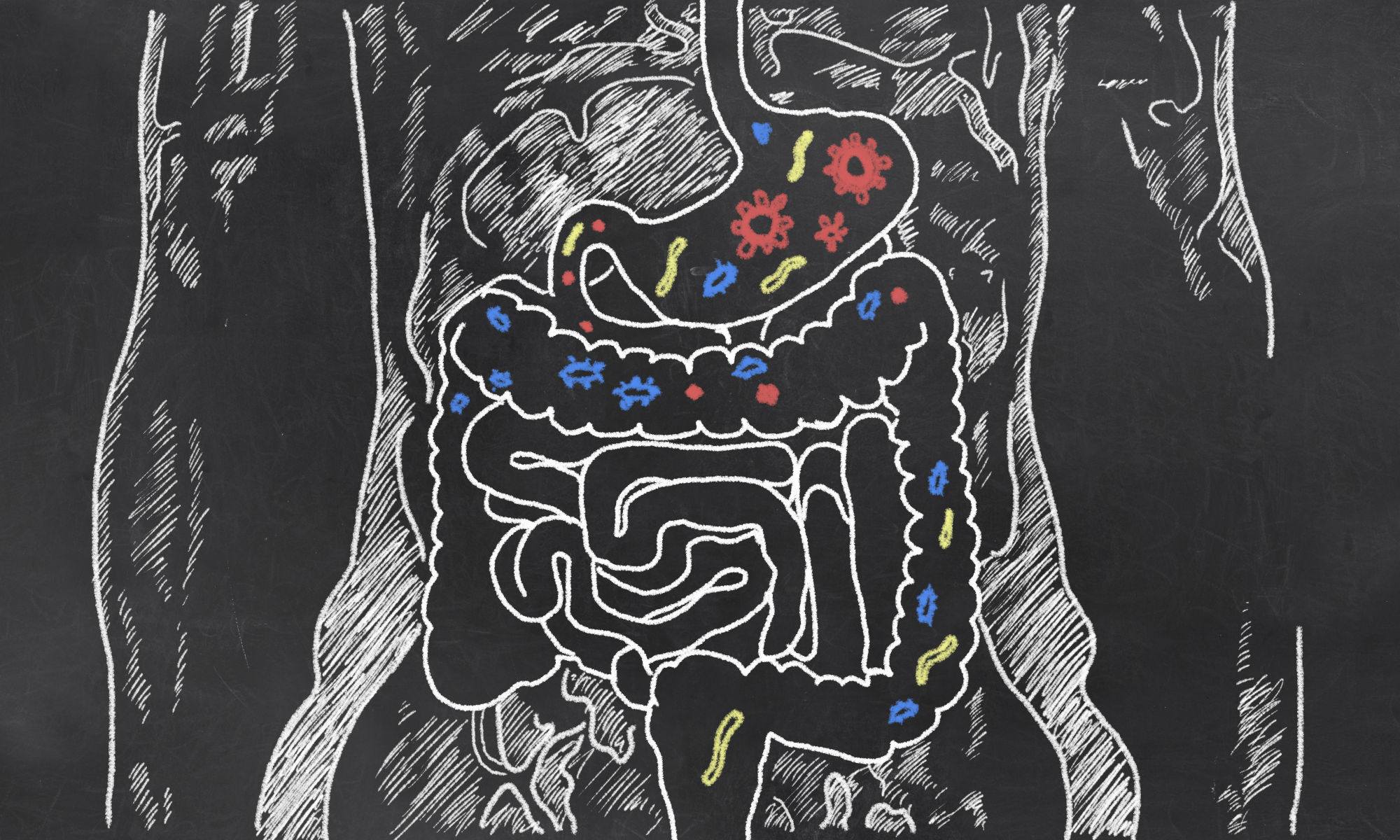
What is the difference between pre and pro-biotics?
Probiotics are revolutionising the nutraceutical market, offering the ‘worried well’ a straightforward way to manage their health from the gut outwards. From yogurts to snack bars, manufacturers are fortifying everyday foods with specialist ingredients to help consumers aid or prevent conditions such as high cholesterol and obesity.
But did you know that prebiotics are also integral to aiding this activity? Often overlooked or confused with probiotics, they are becoming increasingly recognised for their vital role in maintaining the human microbiome’s ideal balance.
In order to understand how all of this works, it is important to understand the difference between pre- and probiotics.
Probiotics
Probiotics are the good guys; the healthy bacteria which promote our wellbeing. These live microbes help to maintain a beneficial proportion of ‘good’ and ‘bad’ bacteria in the human microbiome; the collection of hundreds of species of microorganisms that live on and in the body, in order to affect a wide range of physical outcomes.
When the microbiome is in a state of equilibrium, it provides the host with crucial ingredients needed to fend off or combat illness. However, multiple factors such as poor diet, stress, medication and antibiotic usage can disrupt this balance, with altered microbial compositions (also referred to as ‘dysbioses’) linked to conditions from Crohn’s disease to diabetes.
Science is rapidly unveiling the power of probiotics to restore harmony to the gut community, enabling the nutraceutical industry to create hassle-free applications which encourage microbial diversity. In the past, most probiotic strains have been developed with a focus on immunity and general digestive wellness but technological advances are now opening new doors to precision engineered solutions via targeted strains, broadening the market’s scope for health management.
For example, OptiBiotix’s Lactobacillus plantarum LPLDL® (LPLDL®) probiotic strain demonstrates the capacity to boost heart fitness, making it a valuable ingredient in functional food products. Its naturally-occurring metabolic activity harnesses the microbiome-liver axis, the intestinal bacteria and liver’s crosstalk, to reduce blood pressure and cholesterol and offer a non-pharmaceutical approach to cardiovascular wellbeing.
Prebiotics
Prebiotics act as fuel or food for probiotics and other beneficial members of the microbiome, stimulating the growth of a wide range of gut microbes. These non-digestible substances often take the form of fibres and are biologically much simpler than probiotics, but their importance should not be underestimated. Selectively utilised in the gut, they play a pivotal role in diversifying the microbiome and nourishing its complex work.
Prebiotics are furthermore well suited to nutraceutical applications, with excellent heat resistance allowing them to survive manufacturing processes.
Synbiotics
While an increased intake of pre or probiotics has been shown to confer health benefits, great results can be achieved by pairing them together, a strategy referred to as ‘synbiotics’. Leveraging each product’s unique strengths, alongside advances in science’s understanding of biochemical pathways, it is now possible to create probiotics’ ideal prebiotic partners and develop a targeted new generation of microbiome modulating products.
An example here is the co-administering of LPLDL® with the galactooligosaccharide (GOS) prebiotic LPGOS®, which has been found to target this specific organism and support its activity. OptiBiotix produces LPGOS® with LPLDL® enzyme extracts, utilising its biochemical pathways to orchestrate complex oligosaccharides and provide an all-natural solution.
So there you have it – the difference between pre and probiotics and the exciting possibilities of combining the two for a match made in gut heaven. Opening up new frontiers in disease prevention and management, these microscopic champions are having an enormous impact on the functional food and beverage industry and empowering consumers to take control of their wellbeing.
